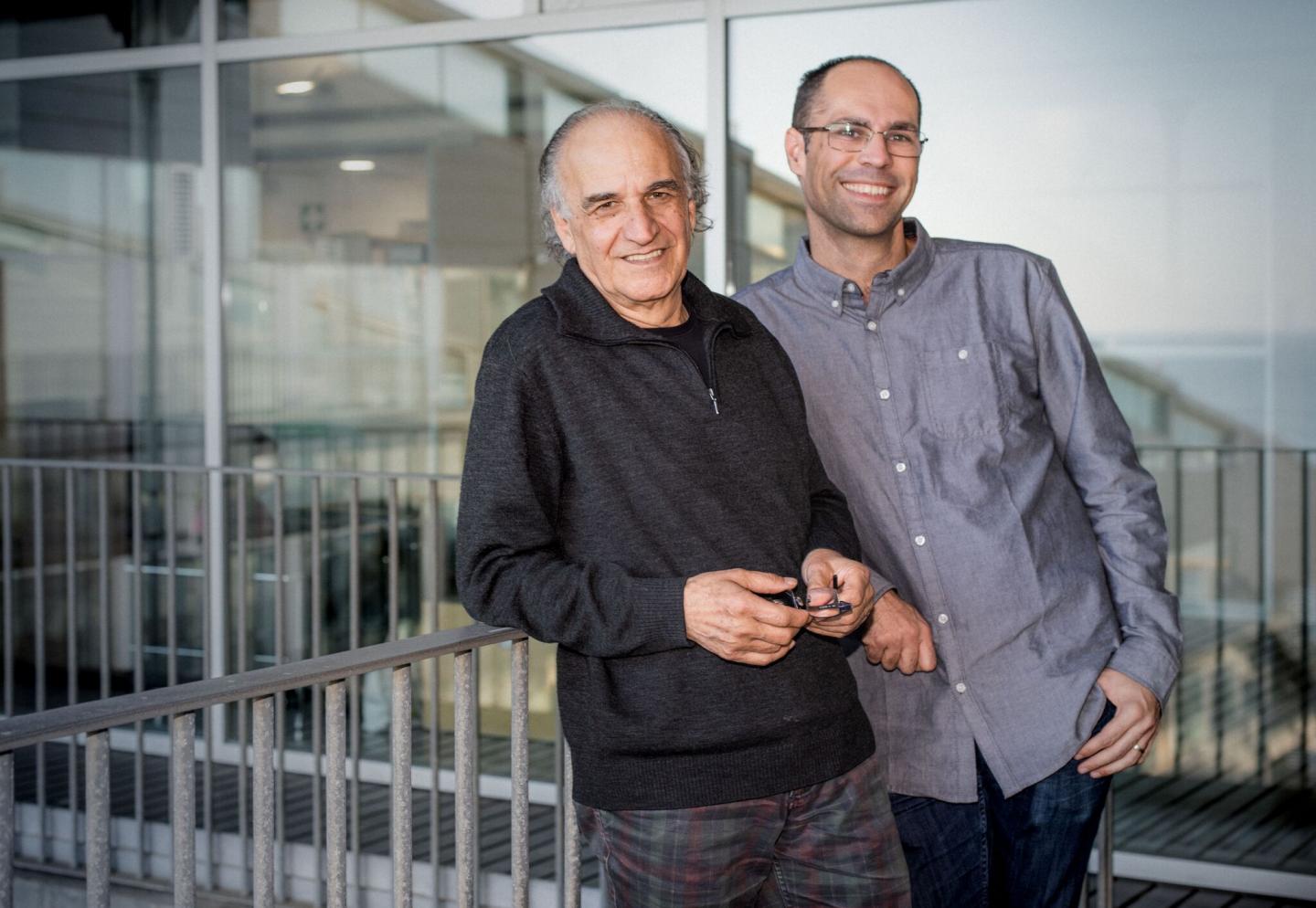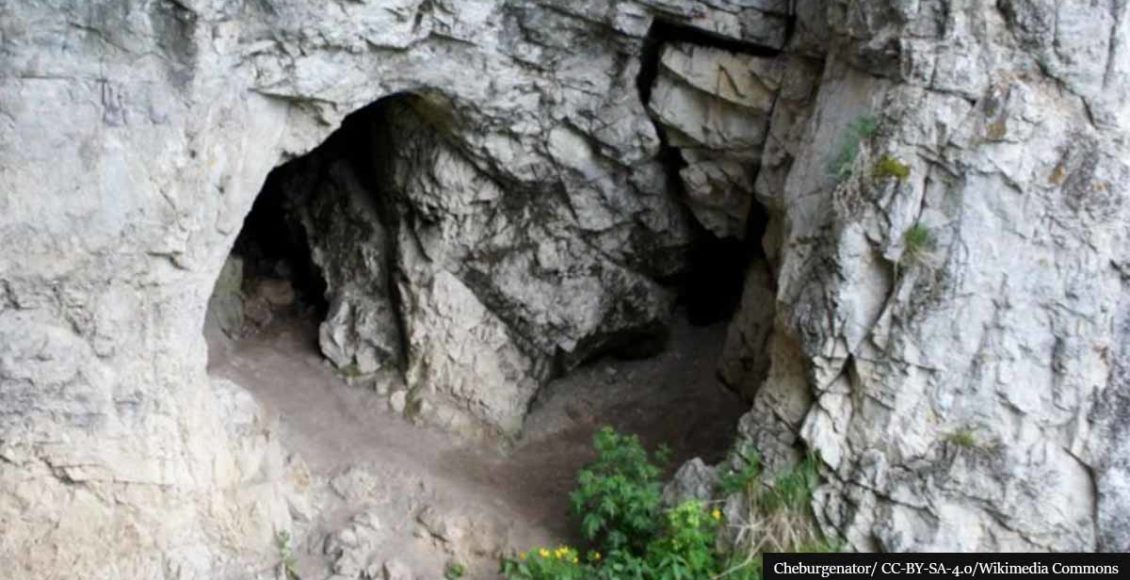A mystery woman who lived more than 50,000 ago has been found to be a unique ‘hybrid’ ancestor to modern-day humans.
Recently, researchers also found evidence that the woman was not alone. In a study from 2019 which analyzed the complicated story of our prehistory, experts used artificial intelligence to identify a mysterious human ancestor species that modern-day humans once encountered and interacted with on the long trek out of Africa.
Evolutionary biologist Jaume Bertranpetit from the Universitat Pompeu Fabra in Spain said:
“About 80,000 years ago, the so-called Out of Africa occurred, when part of the human population, which already consisted of modern humans, abandoned the African continent and migrated to other continents, giving rise to all the current populations.”
And while modern-day human beings made their way to discover the rest of the world, they also mixed with other human species such as Neanderthals and Denisovans, the latter of which were unknown until 2010.

In this study, a third species from ancient times was isolated in Eurasian DNA, thanks to powerful learning algorithms sifting through a large mass of lost and modern human genetic code.
By using a statistical technique known as Bayesian inference, the team found evidence of what they’ve named a “third introgression” – a ‘ghost’ ancient population that modern homo sapiens interbred with during the African exodus.
In their paper, the researchers wrote:
“This population is either related to the Neanderthal-Denisova clade or diverged early from the Denisova lineage,” which means that it is entirely possible this third kind in humanity’s sexual history was possibly a mix of Neanderthals and Denisovans, and the teen girl ‘hybrid fossil’ identified in 2018 could be their descendant, although more research needs to be done on the matter.
Team member and genomicist Mayukh Mondal from the University of Tartu in Estonia said in a press release at the time of the finding:
“Our theory coincides with the hybrid specimen discovered recently in Denisova, although as yet we cannot rule out other possibilities.”
In the same year, another group of researchers found evidence of what they called a “definite third interbreeding event” alongside Denisovans and Neanderthals, and two papers released in 2019 traced the timeline of how those long-lost species intersected and interbred in clear detail.
There are still more studies to be done on this and using AI analysis to trace our human ancestors is a powerful way to make some real progress.
According to the latest research, what the team has found explains not only a long-forgotten process of introgression – it’s also a dalliance that informs part of who we are today.
“We thought we’d try to find these places of high divergence in the genome, see which are Neanderthal and which are Denisovan, and then see whether these explain the whole picture,” Bertranpetit told Smithsonian.
“As it happens, if you subtract the Neanderthal and Denisovan parts, there is still something in the genome that is highly divergent.”
What are your thoughts on these incredible findings? Let us know by joining the conversation in the comments and please share this article if you’ve enjoyed the read.


